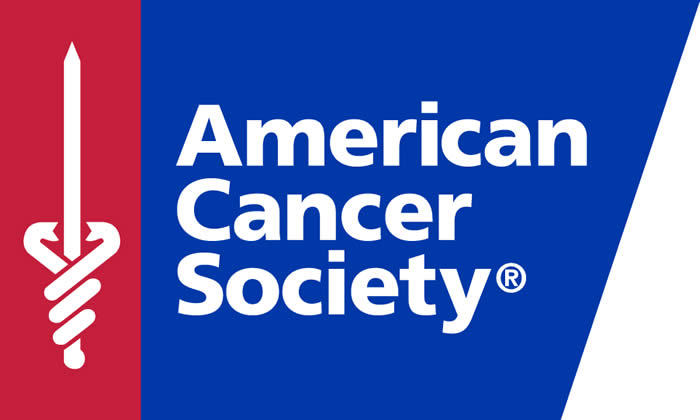The Most Effective Breast Cancer-Fighting Organization
The Road to More Birthdays Blog
W. Phil Evans, M.D., F.A.C.R., is the national volunteer president of the American Cancer Society and director of the Center for Breast Care at the University of Texas Southwestern Medical Center.
As a radiologist specializing in breast imaging and an American Cancer Society volunteer for many years, I have a unique perspective on life-saving early detection with mammography and the extraordinary role of the Society in breast cancer care. Over the years, I have had to tell many women that they have breast cancer, and the Society has always been there for them. Today, one of every two women newly diagnosed with breast cancer reaches out to the Society for help and support. In every community, we provide free information and services–when and where it’s needed.
Doctors know that when found early rather than late, breast cancer is much easier to treat, and the chance of survival is significantly greater. The Society has helped translate this knowledge into action that has improved and saved many lives by increasing public awareness of breast cancer, developing screening guidelines, and providing clinician education programs. For years, the Society has recommended that women begin screening at age 40 with yearly mammography and clinical breast exam. Largely due to screening and improved treatments, the breast cancer death rate has decreased by over 30% since 1990 and will approach a 40% reduction by 2015.
Although screening mammography is very effective in reducing breast cancer deaths, it does have limitations. Mammography detects most but not all breast cancers early. A clinical examination and breast awareness are part of the screening process for women at average breast cancer risk. If you have a strong family history of breast and/or ovarian cancer, genetic testing may be appropriate to determine if you have a gene mutation that places you and possibly a member of your family at a higher risk of developing breast cancer. Additional imaging with ultrasound and/or MRI in addition to mammography may be recommended for those at high risk.
While we do not yet know how to prevent breast cancer, research supported by the Society suggests how a woman may reduce her breast cancer risk by:
- Maintaining a healthy body weight throughout life,
- Engaging in moderate to vigorous physical activity, and
- Reducing alcohol intake to no more than one drink per day.
Read More Here.

